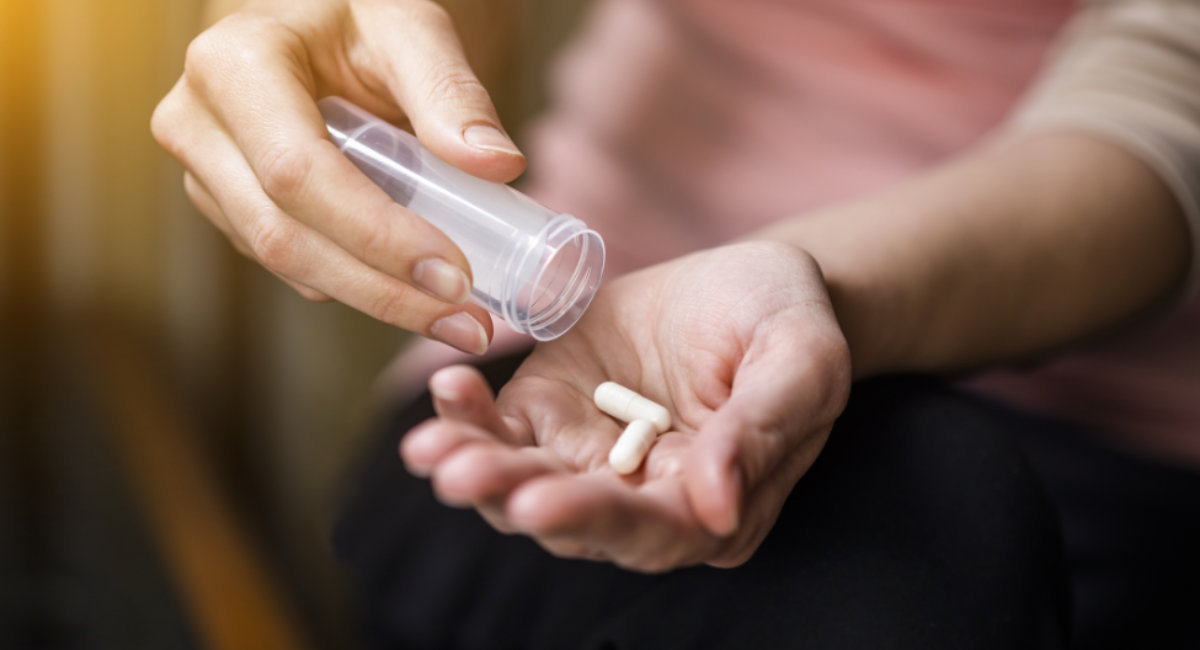A Canadian study on abortion access has revealed that after approving the abortion pill, access to abortion significantly increased in at least one province: Ontario.
The study, published by the Canadian Medical Association Journal, reported that in 2017 — the year that mifepristone (the abortion pill) became available for use for abortion in Canada — “2% of Ontario pharmacies filled 1 or more prescriptions for mifepristone, which increased to 20% in 2022. In 2017, few regions contained a mifepristone-dispensing pharmacy (19%) or procedural abortion service (18%). By 2022, most regions had local access to a mifepristone-dispensing pharmacy (77%), with geographically distributed abortion services across Ontario. Although only 37% of abortion service users lived in a region with either a mifepristone-dispensing pharmacy or procedural provider in 2017, this increased to 91% by 2022.”
Mifepristone became available for use for abortion in Canada in 2017, 17 years after the drug was first approved for abortion in the United States. By November of that same year, Canada’s restrictions on mifepristone had already been lifted and pharmacists were allowed to dispense the drug directly to patients. In addition, the maximum gestational age for abortion pill use was increased from 49 days (seven weeks) to 63 days (nine weeks) and the abortion pill was made free of cost to those who requested it in Ontario.
Prior to the availability of mifepristone, 96% of abortions in Canada were surgical and were committed in hospitals and clinic settings in 2016. Methotrexate — a drug used to treat multiple conditions including ectopic pregnancies — was infrequently used off-label to intentionally kill preborn children (induced abortion).
READ: FDA report shows casualties from the abortion pill continue to climb
Researchers concluded that access to the abortion pill throughout Ontario “increased substantially within 5 years of mifepristone’s availability […]. The regulatory approach appears successful for achieving widespread access to local abortion services.”
Laura Schummers, lead author and an assistant professor in the faculty of pharmaceutical sciences at the University of British Columbia, explained, “This is really the first evidence that we have in Canada of the effect of how access to abortion services ha[s] changed since the introduction of mifepristone.”
As access to the abortion pill increased, so did its use. In 2017, 2,949 abortions were carried out by the abortion pill in Ontario, accounting for just 8.1% of all abortions. By 2022, that number had risen to 23,120 and the abortion pill accounted for 55.6% of all abortions in the province.
The study also found that as access to the abortion pill increased, access to surgical abortion decreased — from 22% in 2017 to 18% in 2022.








